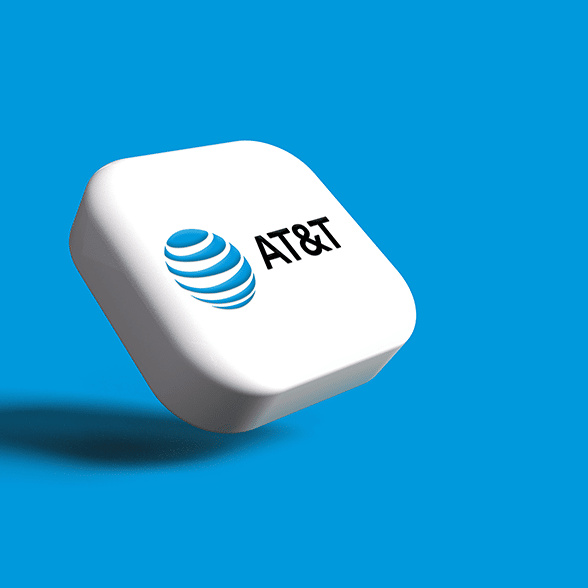AT&T plans to have 12 edge zones operational by year-end, said Jeremy Legg, the company’s chief technology officer, in a blog post yesterday. The goal is to work in combination with the company’s 5G network to support new applications requiring lower latency such as autonomous cars, as well as applications that haven’t been invented yet.
Edge zones are cloud resources located near the network edge to support standalone network cores and minimize the distance that communications must travel to and from end users.
As AT&T implements this infrastructure, it will draw on experience gained from operating the FirstNet public safety mobile network, Legg said. FirstNet can be used by all AT&T customers, but first responders have priority and preemption capability.
Legg said this is similar to how the standalone core and edge zones will enable AT&T to offer different managed services for different types of customers. Autonomous vehicles, which require low-latency connections would have priority over streaming video to kids in vehicles’ backseats.
As for the as yet unimagined apps that AT&T sees coming, Legg said the company will explore different options for how it makes edge zones accessible to developers – “either through the hyperscalers’ app stores and other interfaces or through software development kits (SDKs).”
AT&T Edge Zones
Legg offered some detail about the standalone core and edge zone infrastructure.
“Our standalone network cores and software defined network capabilities will be located in network data centers close to cross connect facilities that have fast connections to nearby cloud facilities run by the ‘hyperscaler’ cloud providers,” he wrote.
AT&T has partnered with Microsoft on at least some of its edge zone deployments.
Meeting deployment goal will require AT&T to make two more edge zones operational before year-end. The company already has 10 edge zones up and running.
“Many more will follow in 2023 and beyond,” Legg said in the blog post.
AT&T isn’t the only wireless service provider pursuing edge computing opportunities to support 5G. Verizon has partnered with Amazon Web Services (AWS) on infrastructure for the 5G network edge. And T-Mobile has worked with Lumen on its 5G network edge initiatives.

